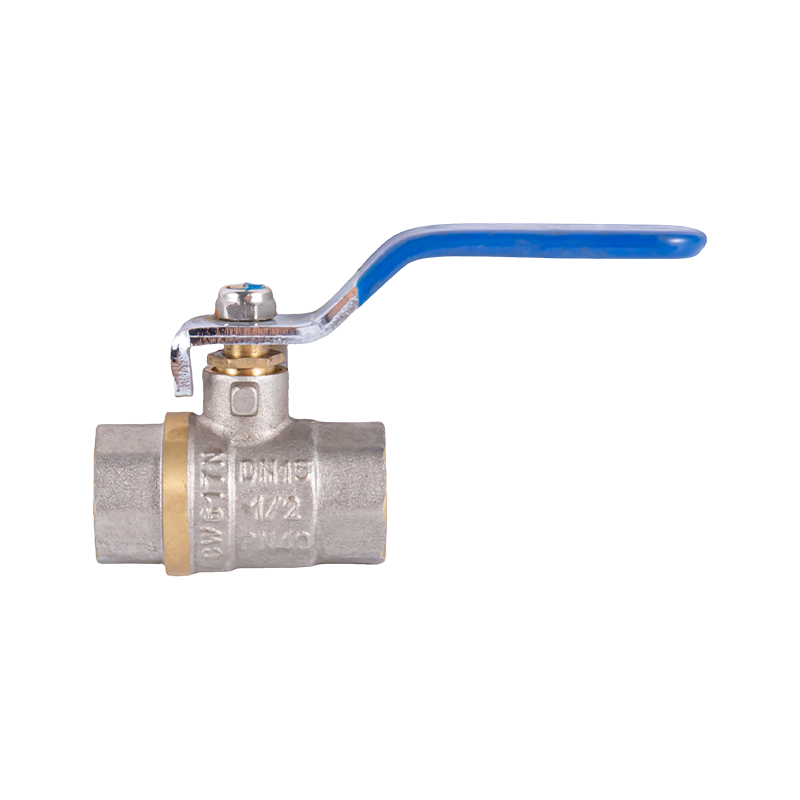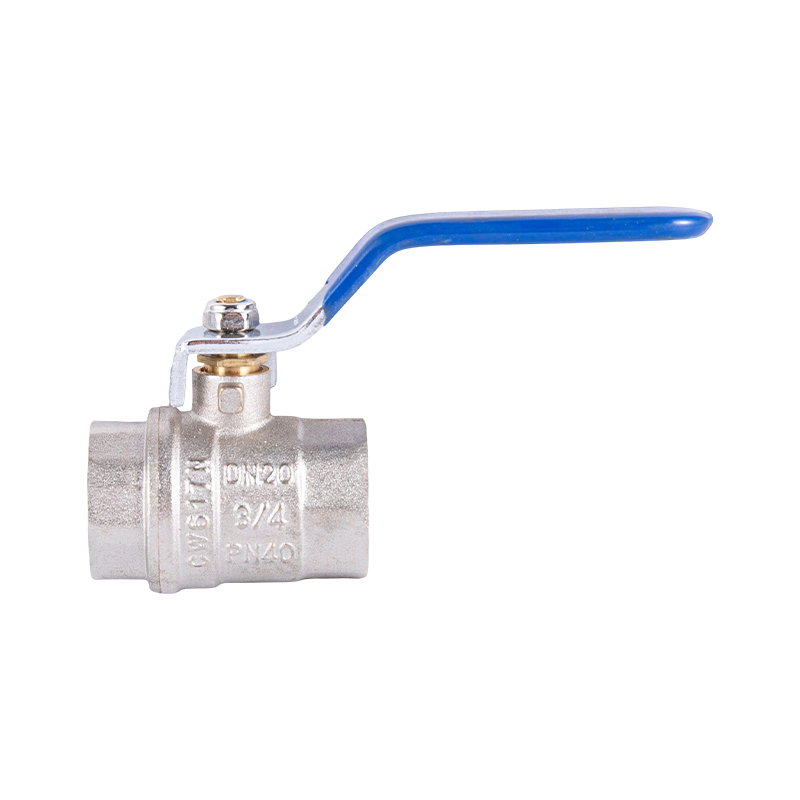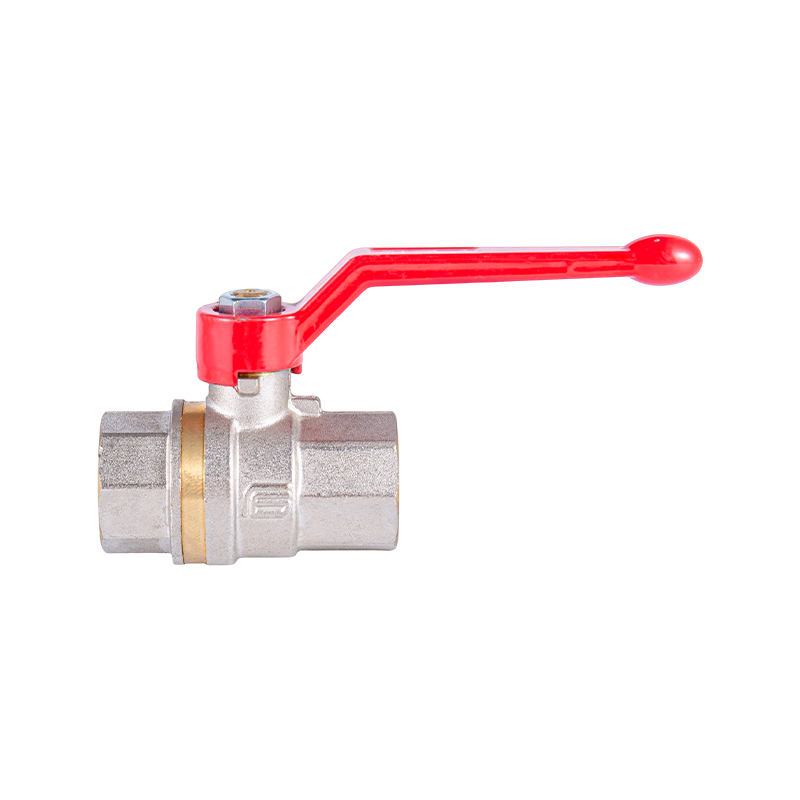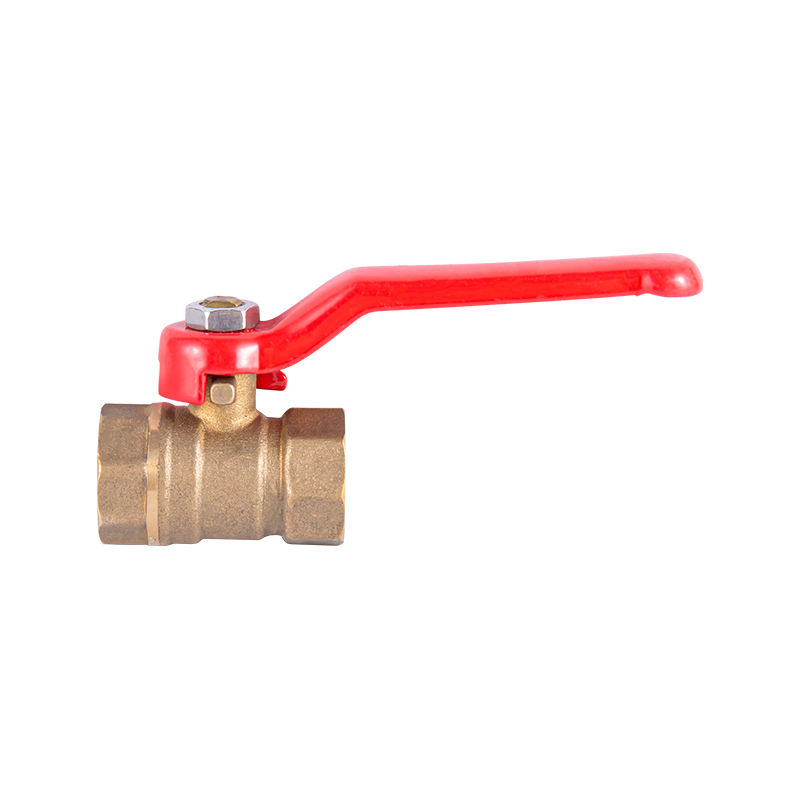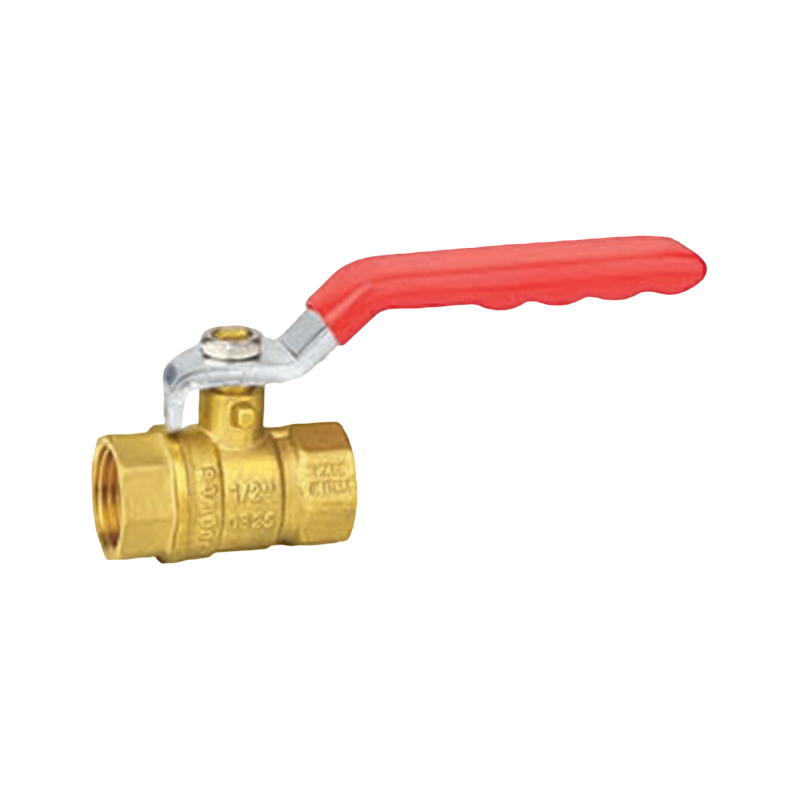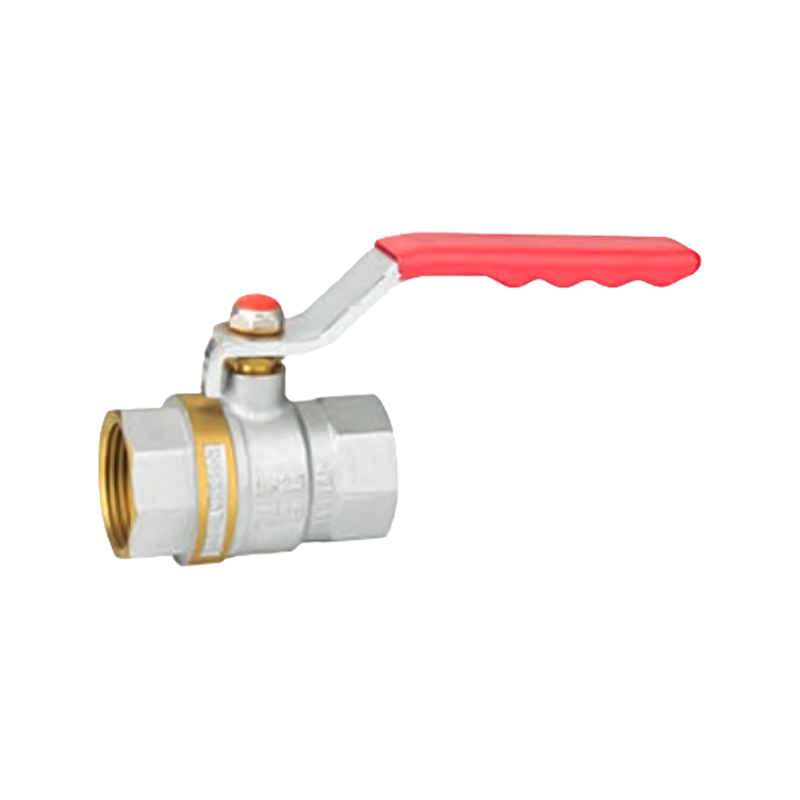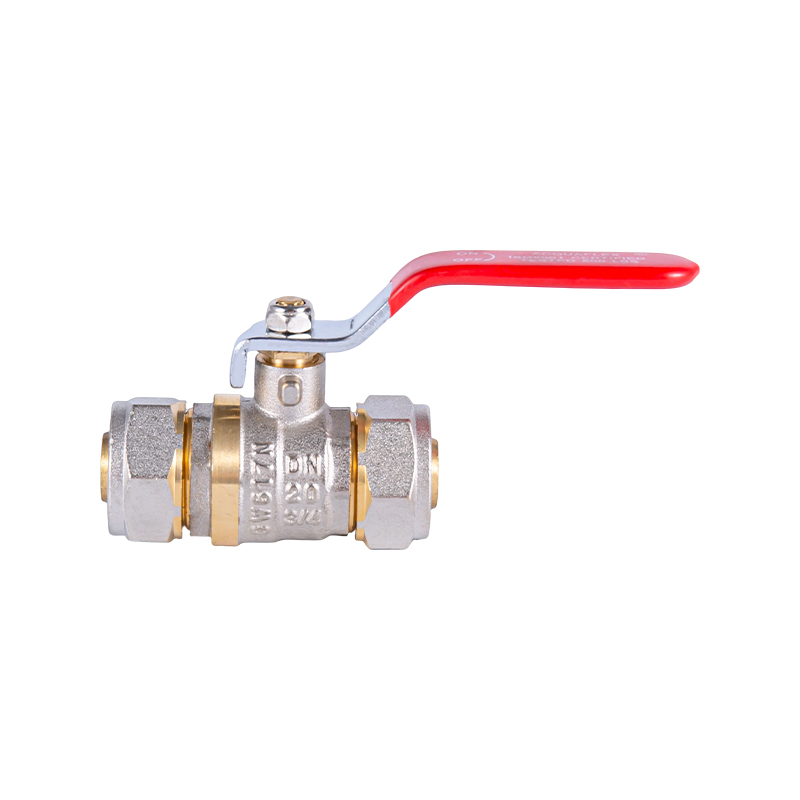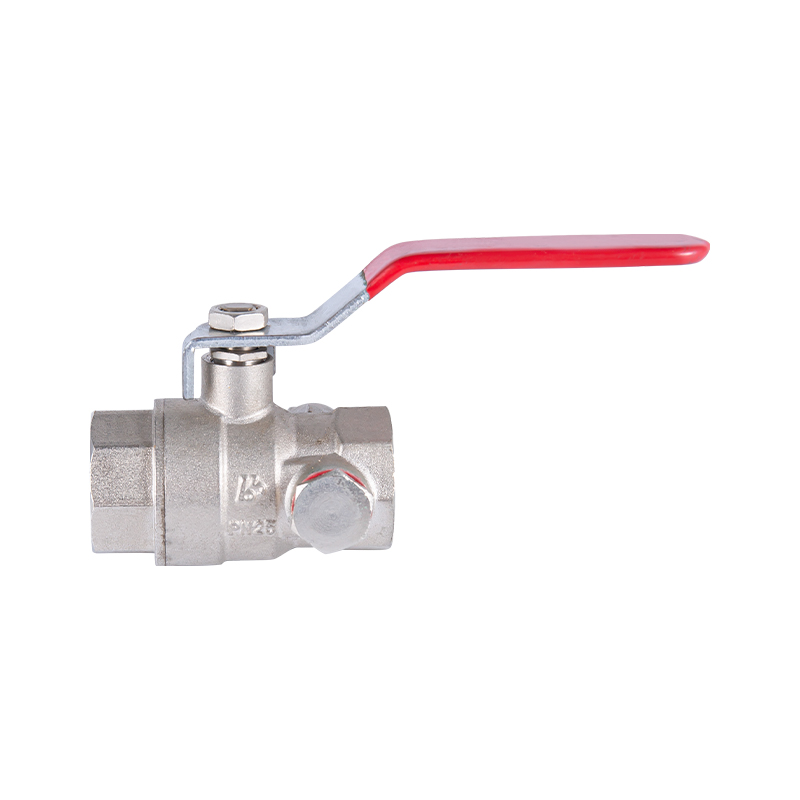Check-In Valve Reduces Downtime In Industrial Operations
In modern industrial operations, efficiency is key to maintaining productivity and ensuring the smooth flow of processes. One of the components that play a significant role in achieving this efficiency is the check-in valve. The check in valve, alongside other critical components like the mini valve, has been designed to enhance fluid control systems by offering a dependable method of preventing backflow, thereby reducing the risks of downtime. By leveraging the unique capabilities of the check-in valve, industries can significantly less disruptions in their workflows.
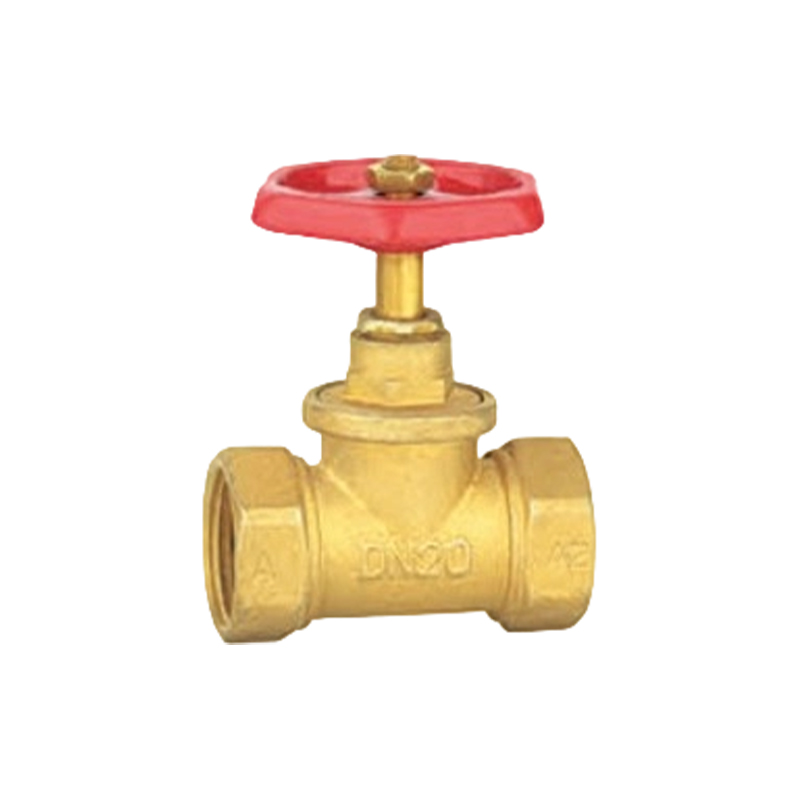
Understanding the Role of Check-In Valves in Industrial Systems
A check-in valve is an essential device in fluid and gas systems. Its primary function is to allow flow in one direction while preventing backflow, thus ensuring that materials, whether liquids or gases, do not flow in the wrong direction. This is crucial in industries such as manufacturing, water treatment, and energy generation, where even the slightest disruption in flow can advance to substantial operational delays.
When integrated with other mechanisms, such as a mini valve, the check-in valve further optimizes fluid management. Mini valves are particularly effective in systems that require compact solutions. Their small size allows them to be used in applications where space is limited, but their performance does not compromise the system’s efficiency.
The Impact on Operational Downtime
Downtime is a major concern for any industrial operation. It often advances to costly delays, inefficiencies, and sometimes even safety hazards. A malfunctioning valve, such as one that does not prevent backflow properly, can cause significant issues. This is where the check-in valve proves invaluable.
The check-in valve functions as a safeguard, ensuring that systems are protected from reverse flows that could otherwise cause equipment failure or system breakdown. By eliminating the risk of backflow, the check-in valve helps to maintain a continuous, uninterrupted flow of materials. This directly reduces the likelihood of downtime, allowing industrial operations to function at full capacity without unnecessary interruptions.
Mini Valve and Check-In Valve Integration
The combination of the mini valve and the check-in valve can revolutionize industrial operations. While check-in valves are instrumental in safeguarding fluid flow, mini valves are engineered for precision control in small-scale systems. The integration of both components in industrial systems creates a streamlined process, where every aspect of fluid control is handled efficiently.
In a typical setup, the check-in valve would regulate the direction of flow, while the mini valve would manage the volume and pressure. This synergy ensures that the system functions smoothly and consistently, with small risk of error or failure. For industries that depend on high-speed processes, such as pharmaceutical production or food processing, this combination can be critical for maintaining tight schedules and reducing the risk of delays.
Preventative Maintenance and Long-Term Efficiency
Another benefit of the check-in valve is its contribution to preventative maintenance. By ensuring the proper direction of flow, the check-in valve reduces the likelihood of damage to pipes, pumps, and other components. This preventative feature not only extends the lifespan of the equipment but also helps prevent costly repairs and replacements.
When paired with a mini valve, the check-in valve can be further enhanced through regular maintenance schedules. Mini valves, due to their compact size and often simpler design, are easier to inspect and maintain. This ease of maintenance allows operators to quickly identify and address any issues before they advance to failures. As a result, the combination of check-in and mini valves in an industrial system becomes a powerful tool for ensuring long-term operational efficiency.
The check-in valve is a vital component in reducing downtime and maintaining the smooth operation of industrial systems. Whether used alone or in conjunction with a mini valve, it ensures that processes remain uninterrupted, safeguarding the flow of materials and preventing costly disruptions. As industries continue to demand more efficiency and reliability from their systems, the importance of these valves cannot be overstated. By integrating these valves into their operations, industries can less the risk of failure, increase productivity, and reduce the overall cost of operation.
-
Feedback


 English
English 中文简体
中文简体 русский
русский Email us now!
Email us now!
